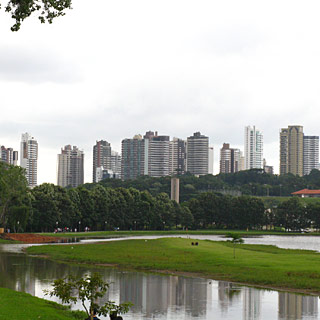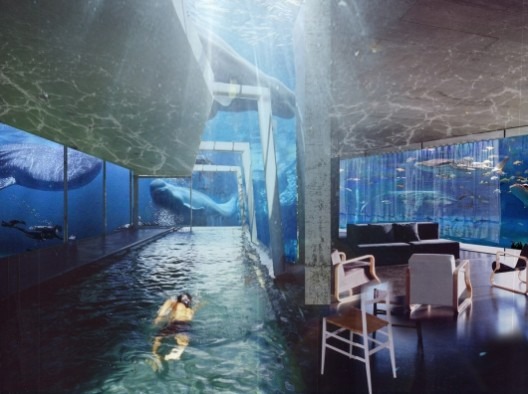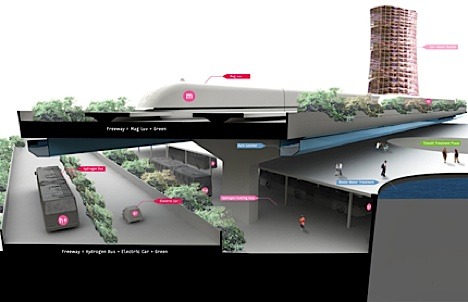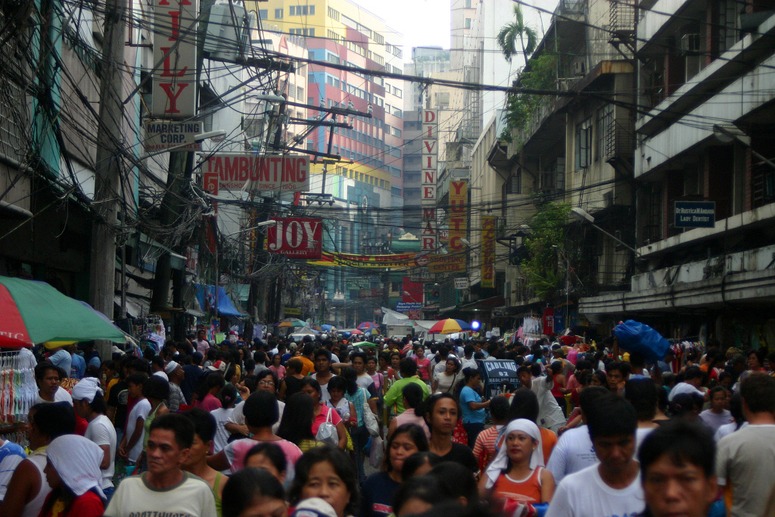…And all creatures great and small.
Having recently experienced the flooding of my city I am keen to help some of the less visible victims as well. Having spotted a dead echidna by a tree next to a usually busy road in a flood affected inner city suburb, and realizing that he was most probably washed there in the flood waters from Toowoomba, I am keen to start an online charity to assist wildlife.
I am proposing an Ark Appeal for Wildlife. Would gardenvisit be happy to sponsor a charity and gardenvisit readers happy to contribute to it?






